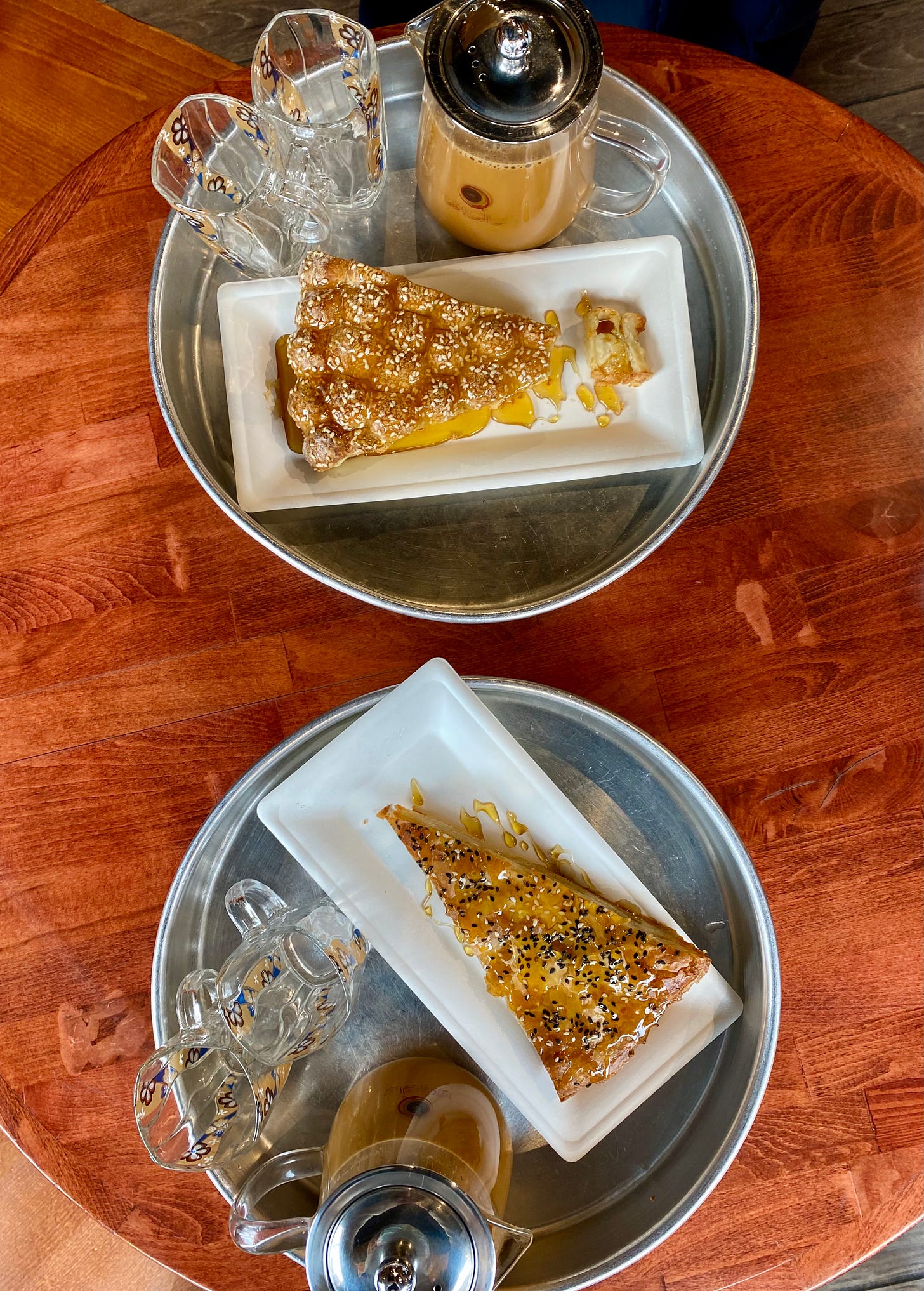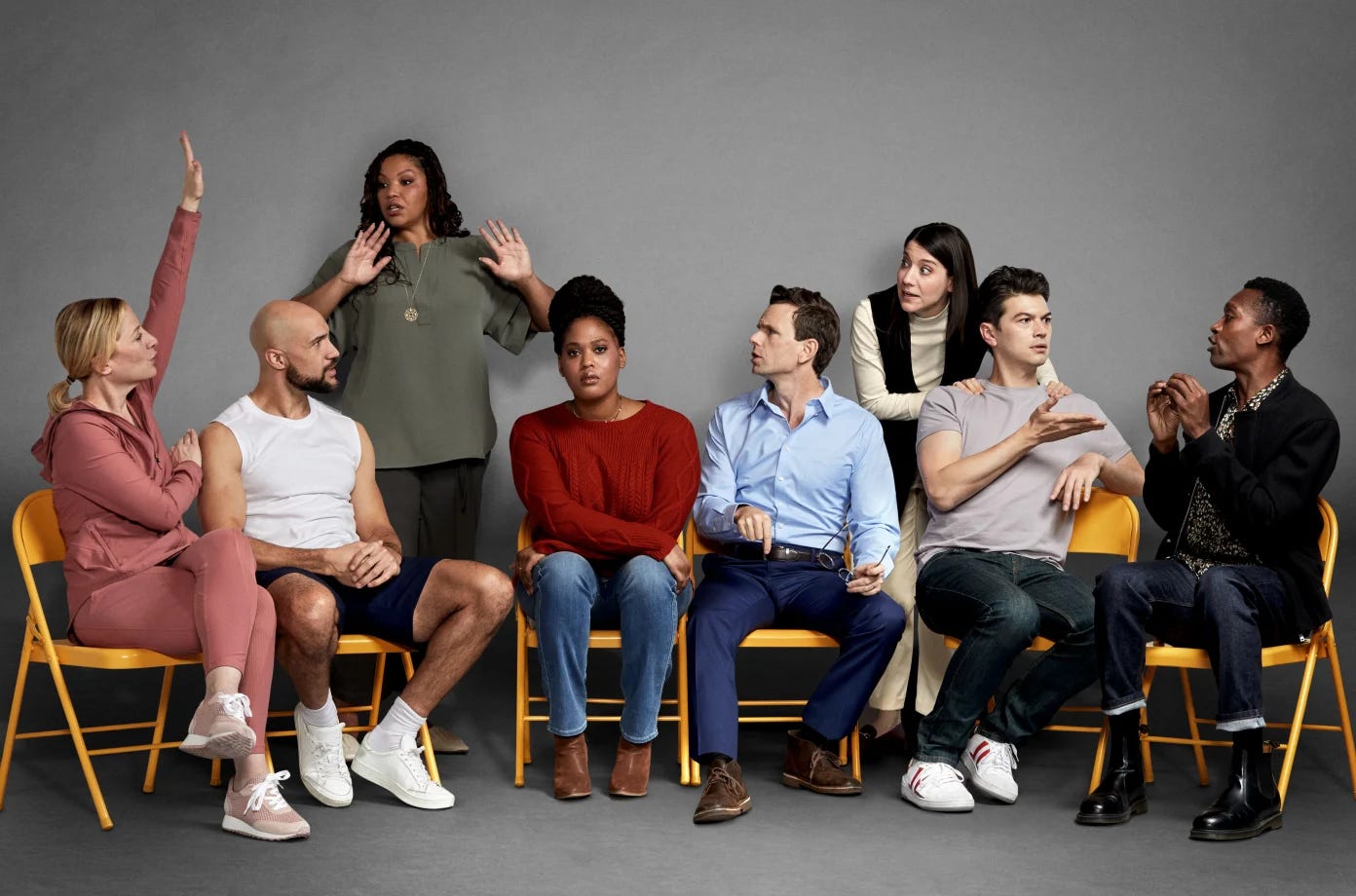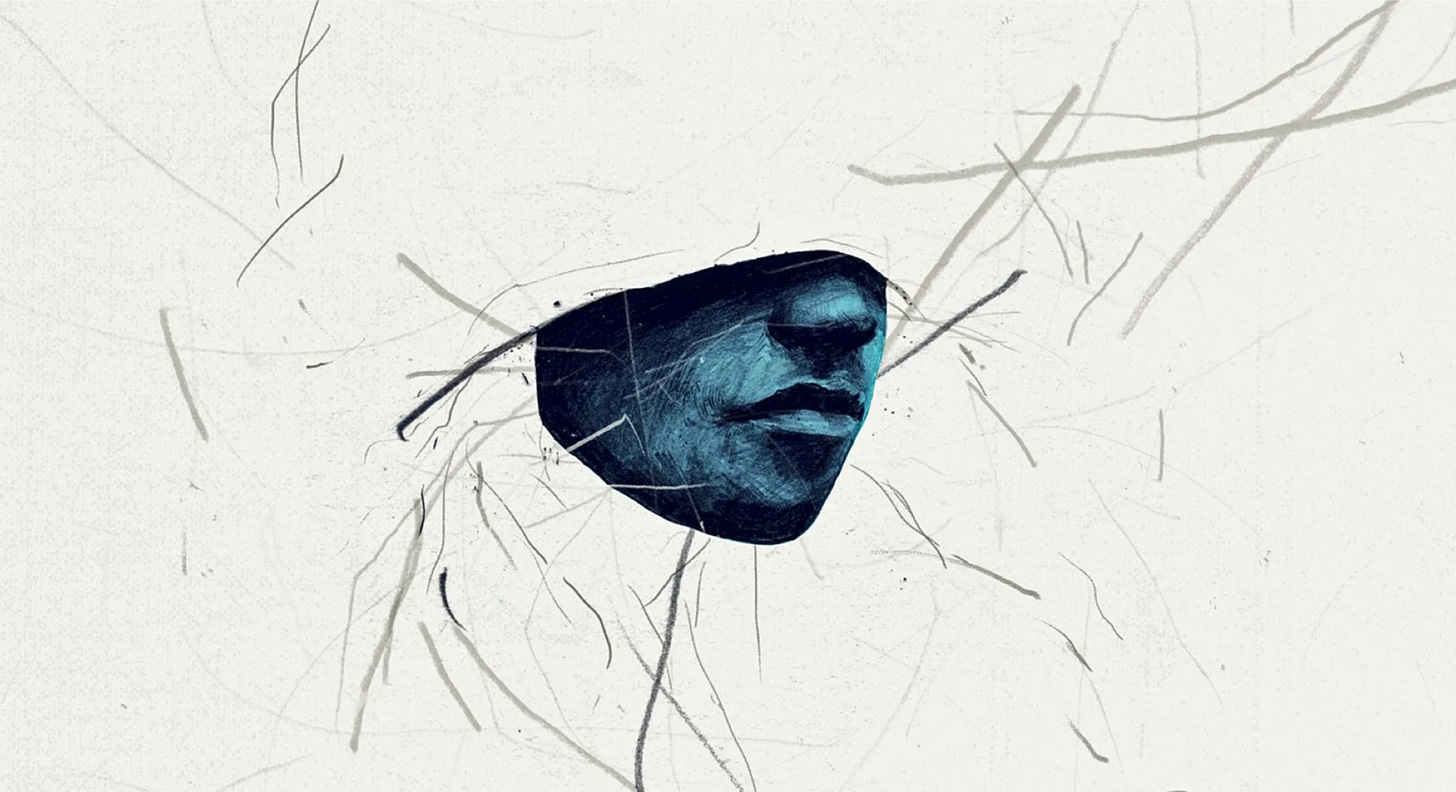Hey everyone, hope you’re having a wonder-full week :)
I got COVID for Christmas. 😷
My symptoms showed up like a hangover the morning after I got back from New York.
Thankfully I didn’t go to my family gathering despite two negative antigen tests—because I tested positive on my third try (same with several friends of mine, FYI).
Anyway, I’m grateful I made it home. Getting stuck in NYC would’ve been the antithesis of the Times Square New Year’s Eve Celebration.
Can you imagine?
Obviously it was a bummer to miss Christmas but I have a big, tight-knit family. So the next family gathering is just around the (healthy) corner.
Plus I got to FaceTime them for Secret Santa and watch my niece and godchild open her gifts. She’s only 16 months but she already loves books—a love I’m keen to nurture as my aunt and godmother did for me.
I picked up the book below for her at the New York Public Library. I figure she’ll grow into it.
Speaking of New York, I mentioned last week that my Christmas themed visit took a turn for the profound. Not a surprise considering I was reunited with two of my most worldly friends.
The three of us met as expats in London, in 2014. Now one of them lives in New York pursuing a PhD in Cultural Anthropology at Columbia. Between her and her Harlem-native boyfriend, our tour around the city was incredibly eye-opening.
Her boyfriend told us about the “invisible line” White people wouldn’t cross back when Harlem was exclusively a Black neighbourhood. And how even now that it’s become a trendy area, there’s still very limited Black home ownership due to redlining—a discriminatory practice in which banks deny services to people from low-income areas, traditionally Black neighbourhoods like Harlem.
They also showed us the Astor Row houses with their uncharacteristic-of-NYC verandas (pictured below). Apparently they were inspired by homes in Atlanta when Jim Crow laws in the Southern US prompted many Black people to move North.
In the ~24K daily steps we did during our visit, we explored numerous other neighbourhoods—all the way to Brooklyn. We had fantastic meals at Au Za'atar, a Lebanese - Middle Eastern place in the East Village, a Vegan Mexican place called Jajaja in SoHo, and an iconic Chinese place called The Noodle in Harlem.
I also had the best chai of my life at Qahwah House, a Yemeni coffee place in Williamsburg—a Brooklyn borough resembling The Plateau area in Montreal.
I’d never thought much about New York’s history—not to mention how systemic racism played a role in it. This trip was an eye opener and made me aware of the responsibility I have to educate myself further.
💌 If you have any historical anecdotes to share, hit reply - I’d love to hear them.
Meanwhile, here are three gems I want to share with you:
An Experience To Inspire: Slave Play
The benefit of your friends taking you to a show of their choice is you experience something you might’ve otherwise missed. In my case, it was Slave Play—a show that “follows three interracial couples undergoing Antebellum Sexual Performance Therapy because the Black partners no longer feel sexual attraction to their White partners.”
I don’t know much about New York’s theatre scene but I’d say the reviews got it right when they deemed Slave Play “the most controversial on Broadway.” Within minutes of the opening scene, a friend leaned over and said, “I’m so glad I didn’t bring my mom to this.”
After the play, we had an interesting discussion about our interpretations. Especially since we were able to offer different perspectives given I’m White, one of my friends is Black and the other is Filipina—and collectively we’ve lived in 12 countries.
The takeaways here are 1) encourage your friends to expose you to new experiences and 2) appreciate their unique perspectives in deconstructing those experiences.
This applies as much to career and course design as it does life in general.
🎲 Next time you’re looking for creative inspiration, ask a friend to pick an activity for you to do together and see what happens.
A Resource To Consider: Impact-Agency Exercise
Impact-Agency is a great exercise I’ve used with students at the start of a course.
It’s simple:
Create two intersecting lines on a sheet of paper. Label one Agency and the other Impact.
Have students plot the intersection between the amount of impact they feel capable of and the amount of agency they currently have to realize it.
Have everyone explain their positioning to the group, along with one thing they want to learn in the course to increase their agency or impact.
By having students identify where they’re at, you give them a benchmark to work from. This helps them focus their learning goals.
You can run this exercise again at the end of the course to measure progress.
🪞Try this exercise to promote self-awareness and reflection in your students.
A Question To Ponder: Invisible Lines
The concept of invisible lines is both puzzling and fascinating. It begs the question, what deep rooted fears or values do they draw on to prevent us from crossing them?
Some are perceived as physical lines (like the Harlem example shared earlier) and others are strictly psychological (like self-imposing a glass ceiling on our career).
The point is invisible lines are everywhere and they vary in severity. Some we create, others we buy into.
💭 My question to you is, what invisible lines are holding you back from reaching your potential in your career or with your course business?
Consider how you can start thinking differently to rid yourselves of them.
Thanks for reading my *twelfth* newsletter
My goal is to prompt reflection within this vibrant community of ours, so I’d love your feedback on how I can make future editions beneficial.
Got an idea or burning question I could address? Hit reply and we’re off to the races!
Happy New Year - may 2022 bring all things wonder-full! ✨











Get well soon! ❤️
Wish you a speedy recovery!! ❤️🩹